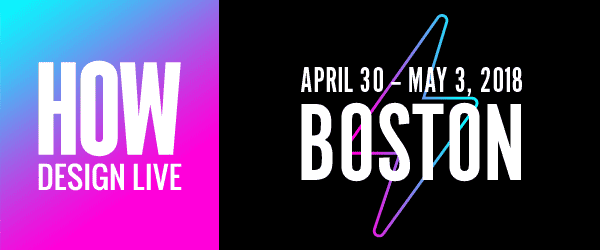For years, branding was a practice built upon gaining a deep knowledge of a singular industry’s trends in order to carve out a niche, or intentionally go with the grain. The truth is, while the competitive landscape for businesses has changed dramatically since the dawn of branding in the 1800s, the methodologies we use to position ourselves haven’t really changed.
Google, the world’s largest search engine, is now an active player in the automotive industry. Originally a rubber boot company, Nokia makes smartphones. Tesla, a disruptive electric car company, is also trying to power your home.
How can we develop a strong brand in this confusing landscape for innovation? How can you position yourself for success as a brand in this new era of business? Peripheral Branding is a simple methodology we’ve developed at my agency, verynice, to help organizations gain inspiration from the trends and practices of brands indirectly related to their own. To ignore what’s happening in the periphery is to develop brand tunnel vision. As a brand, you can avoid this by setting your direct competition aside for a moment in order to better learn from the industries around you. In doing so, you are able to find new opportunities for disruption in your direct industry.
Here is a step-by-step methodology for doing just that. In it, we use Baskin Robbins as an example, because … who doesn’t like ice cream?
Step 01: Understand Your Audience
Baskin Robbins serves a wide range of customers including families, couples, individuals and young kids across the country. For each of your customer segments, develop a persona to help personify the customer. It’s helpful to do several of these personas so that you get a broad range. If you have time, you can even go out and conduct interviews with a few representatives from each segment to learn more.
Step 02: Map Your Industry
Next, map out your industry using a series of concentric circles. Starting in the middle, and moving out from the center, use each ring to describe the core focus of your business in a more-and-more broad manner, from the perspective of your persona.
In this example, our outermost circle tells us that Baskin Robbins may want to learn more about out-of-home familial experiences at-large. How might our ice cream brand also position itself in this space? How might a disruption in this space come from an ice cream brand?
Step 03: Scan for Trends and/or Insights
After identifying our outermost circle (out-of-home experiences for families), we’ll do a quick scan to capture some trends and/or insights from that industry in order to gain inspiration for a new branded initiative for Baskin Robbins. The focus and output of your scan will of course vary depending on the identified scope of your work. For example, if this is a logo design initiative, the output of your scan may look like a collage of logos. If it is a messaging assignment, you might build an inventory of key words … and so on. For our case study with Baskin Robbins, let’s collect a range of options families have for activities outside of the home.
We find that the other options that exist for families looking to spend time with one another outside of the home include the following: going camping, going to the movies, going to a museum, going to an amusement park and more.
Step 04: Author Scenarios
Next, we review everything we’ve learned so far, and generate a bunch of ideas. It’s also important to take time to consider the risks involved in any idea so that you can adapt and be ready for the challenges ahead. Here’s a sample idea, inspired by the work we’ve done thus far.
Opportunity: What if Baskin Robbins builds an ice cream–themed pop-up carnival attraction where families can come and play games and have fun together? When deconstructed, the games and various attractions can fit in a truck so that the experience can more easily travel from town-to-town. For the cost of just a scoop of ice cream, families can stay for as long as they’d like!
Risk: With any interactive exhibit or attraction, there is a risk of the games themselves not being fun enough to inspire people to come and play. In addition, as a pop-up, there is a risk of not selecting the right location to maximize reach and participation of families.
When all is said and done, this quick methodology leaves you with a range of possibilities to explore that are peripheral to your direct market and competitive space. After ideating a range of scenarios (aim for at least 10), compare them and get feedback from friends and customers. Which ideas hold the greatest opportunity? Which have the greatest risk?
Now, it’s your turn. Try this out on yourself—whether you own a business, or are trying to build a personal brand, the methodology can help you see your opportunity space in an entirely new way.









